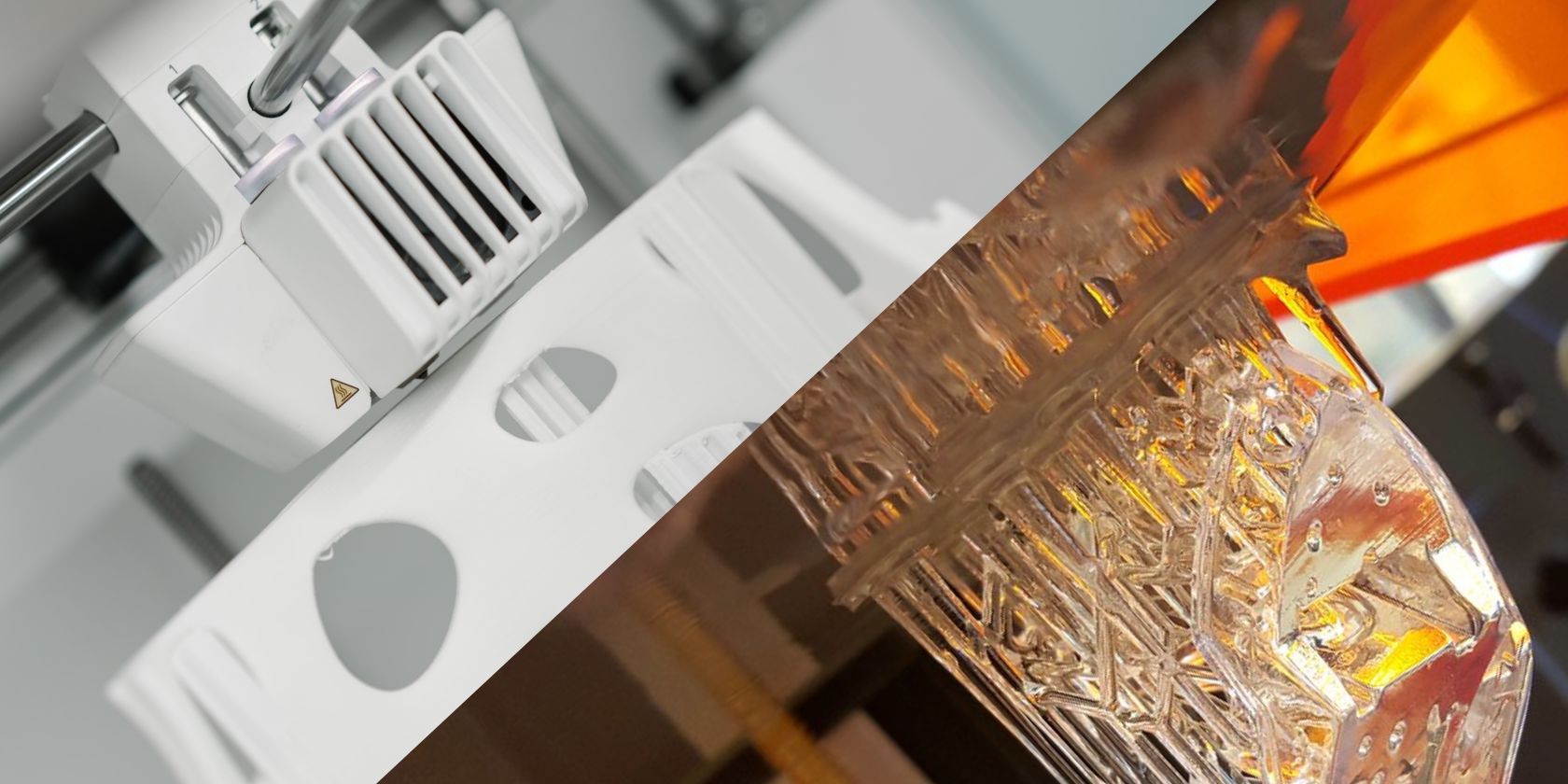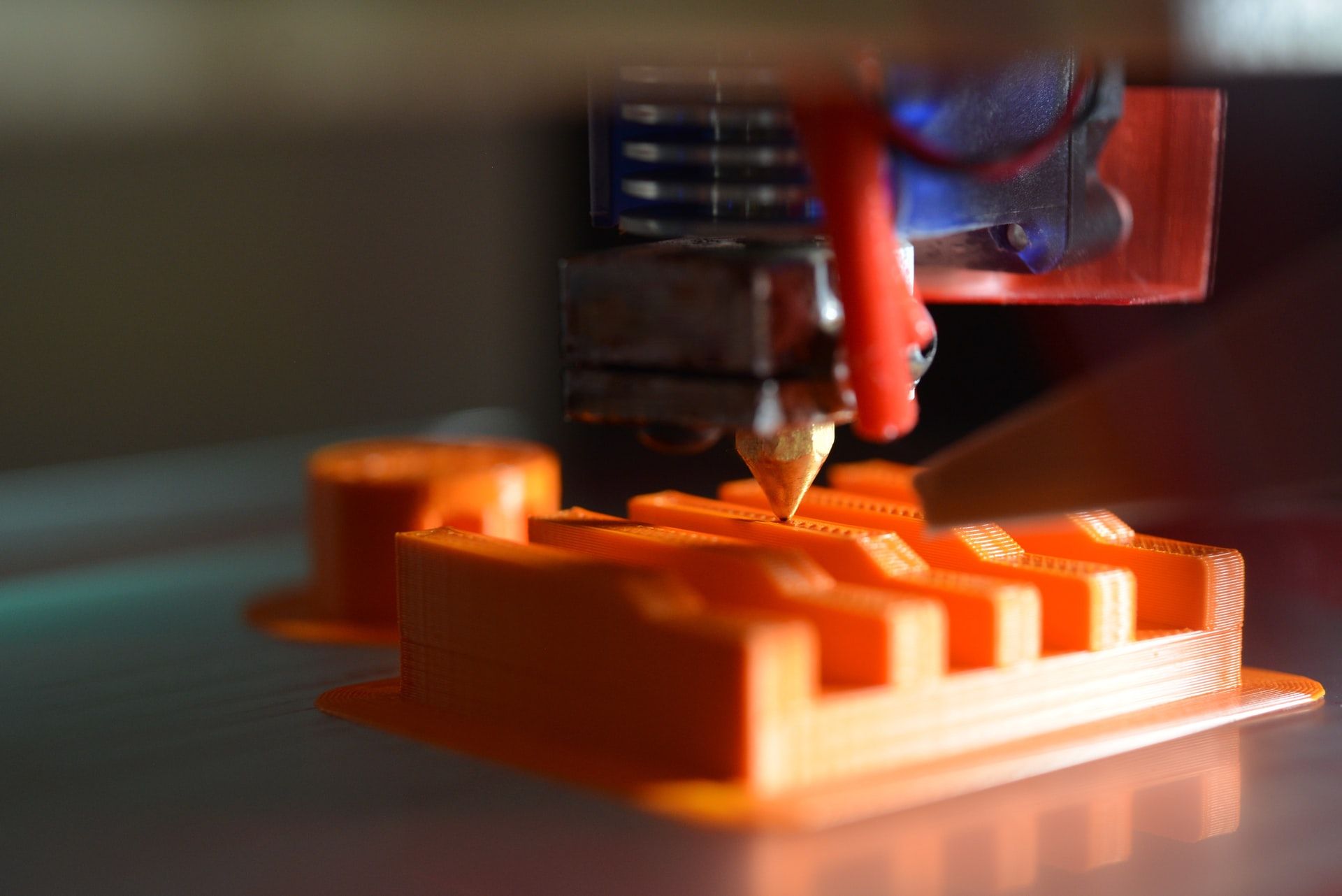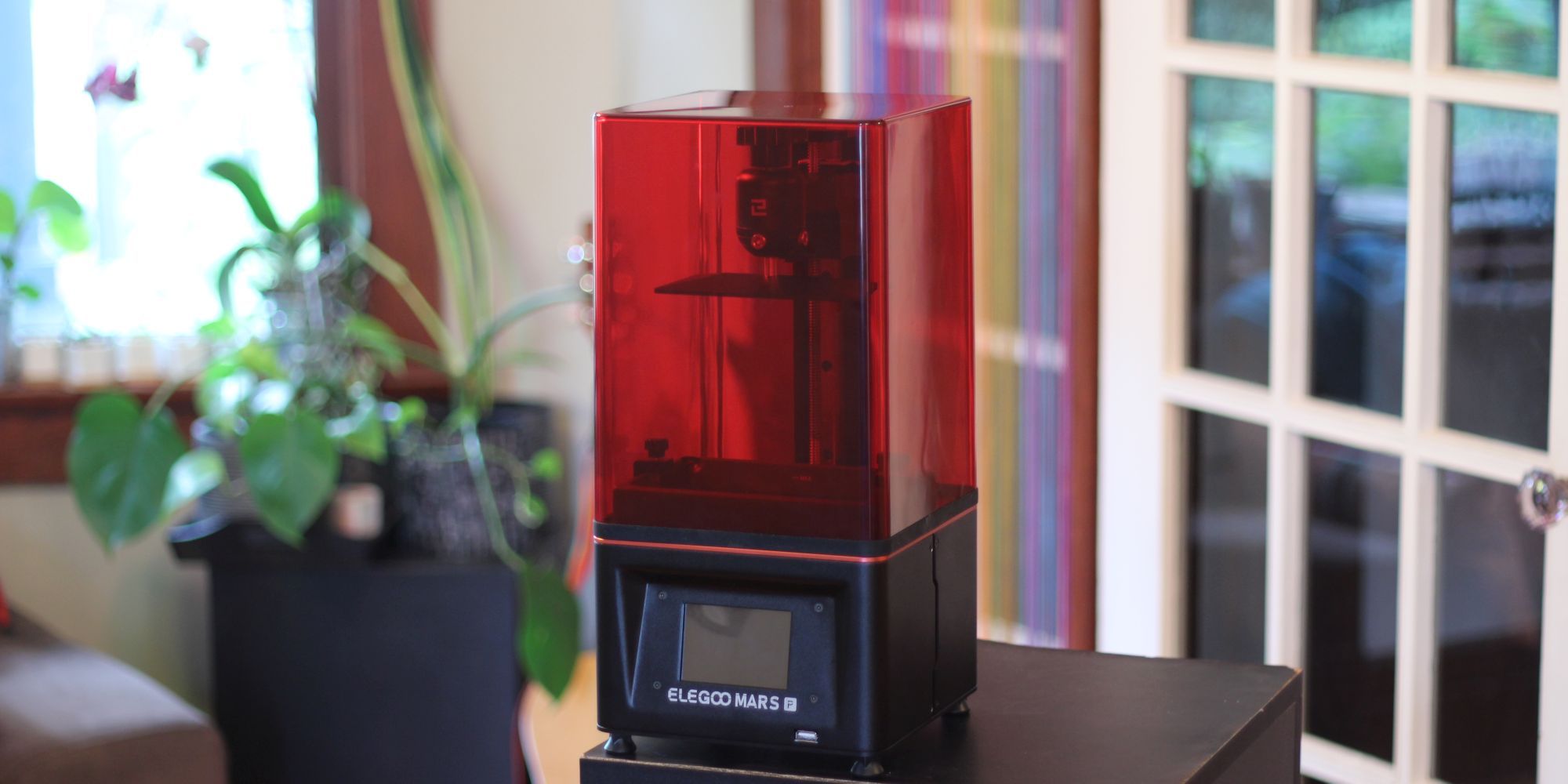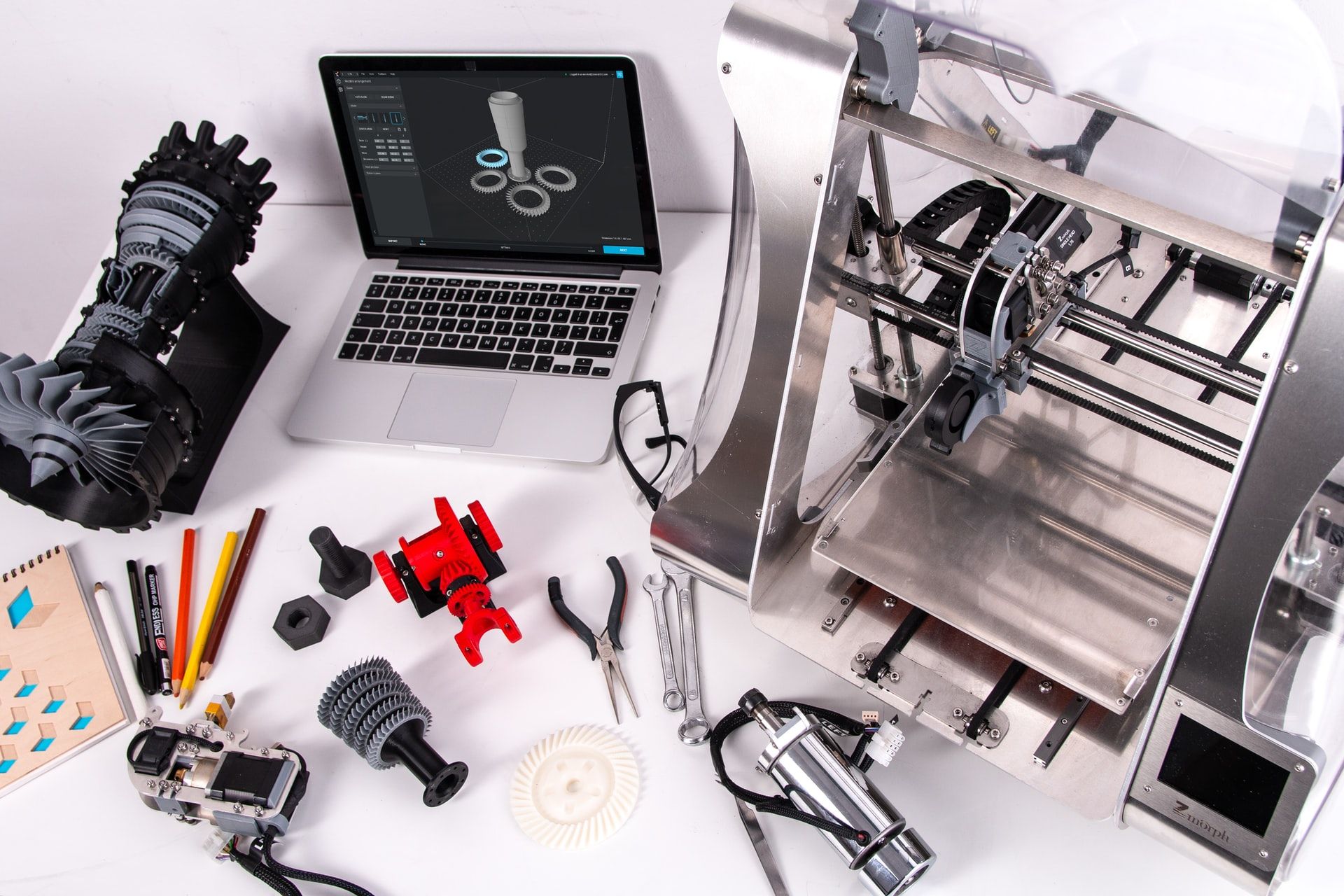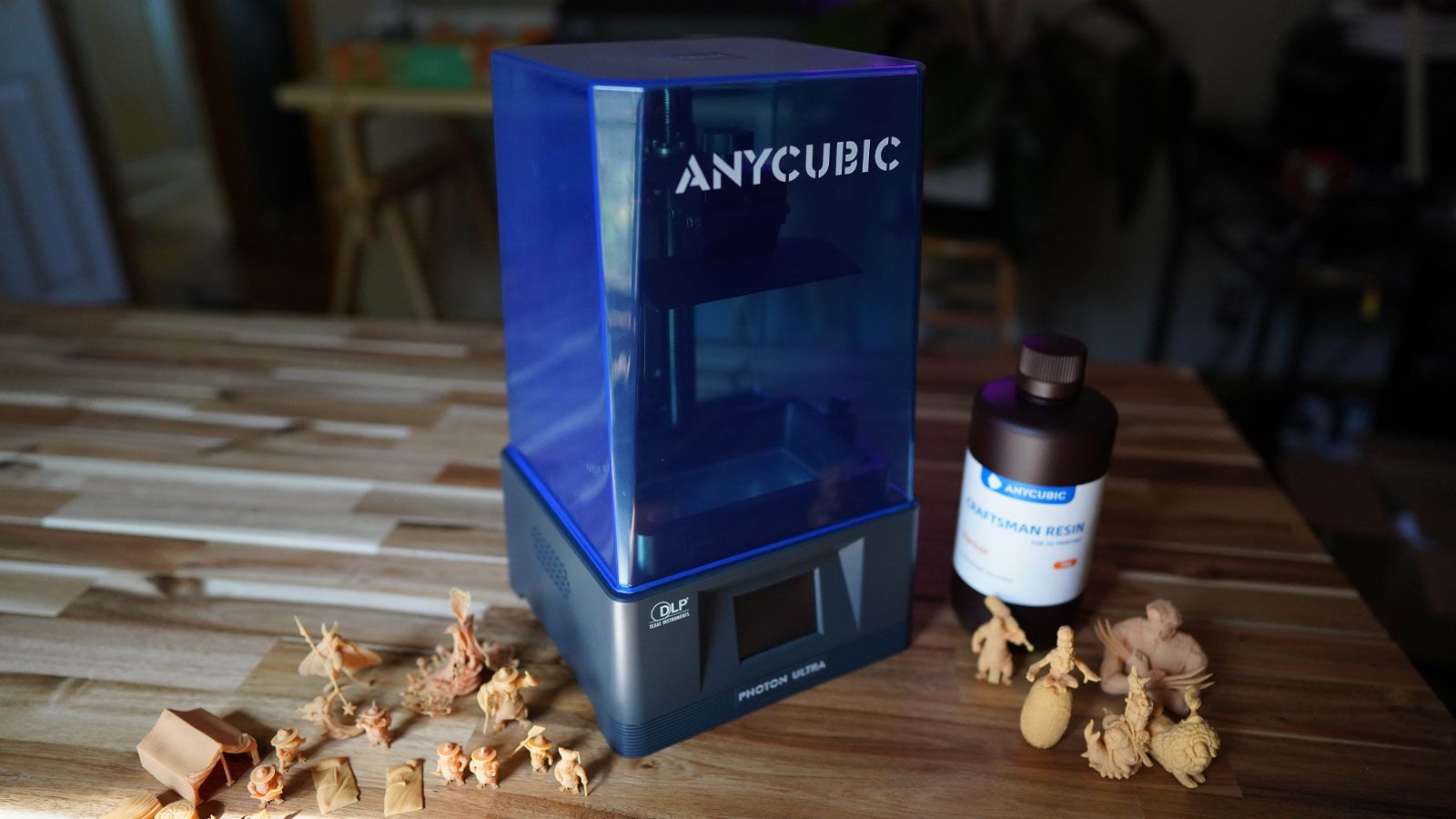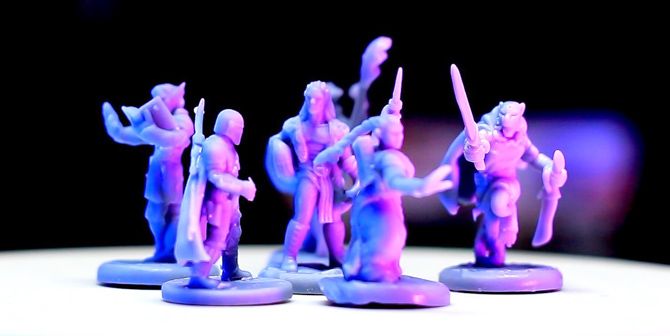Few questions are as prominent as the one we seek to answer today. For many years, DIY-lovers, tech enthusiasts, and other creative people have strived to pick the perfect 3D printer for their projects. But how can you choose the right make and model for you if you don't know the differences between the printing technologies they use?
Join us as we explore two of the most popular 3D printing methods on the market, fused deposition modeling (FDM) and stereolithography (SLA), to provide you with the insight you need into this exciting hobby.
What Is Fused Deposition Modeling 3D Printing (FDM)?
First developed by S. Scott Crump, co-founder of Stratasys, in 1988, fused deposition modeling has long been the most popular 3D printing technology on the market. Part of the success of FDM 3D printing is owed to its simplicity, making it an excellent option for anyone from entry-level hobbyists to manufacturing professionals, while also keeping the costs down.
In most cases, a solid thermoplastic, like PLA or ABS, will be used for FDM 3D printing. A filament is passed through a heated block with a fine nozzle, known as an extruder and hotend, that softens and melts it, providing the ideal ingredients to start forming a 3D shape. But there is more to FDM 3D printing than an extruder.
A filament is passed through a heated block with a fine nozzle
The extruder is able to move in three dimensions thanks to a stepper motor and a set of rails on each of its axes. As the extruder travels, a thin trail of plastic is left behind, adhering to a heated build platform at the base of the machine to form a real-world object from the data found within a digital model file.
This type of layered construction leaves the objects created by FDM 3D printers with distinct horizontal lines that make it easy to tell how the item was made. Of course, there are other limitations with this type of printing, but this is a topic that we will cover later in the article.
What Is Stereolithography 3D Printing (SLA)?
While it may seem like a more recent development than FDM 3D printing, the first successful patent for stereolithography was filed in 1984 by a man named Chuck Hull, making it four years older. It is true that SLA printer availability has been limited until relatively recently, at least in the hobbyist space, and this means that many people are less accustomed to their design.
An SLA printer uses liquid resin as its build material
Unlike an FDM 3D printer, an SLA printer uses liquid resin as its build material. Belonging to a family of additive manufacturing technologies called vat photopolymerization, as described by the Additive Manufacturing Research Group, SLA 3D printers use a light source that is calibrated to cure the resin. This is usually achieved by suspending a slowly rising print bed above a small bath of resin, using a light source that shines from above or below the bath to build precise models from the cured resin.
There are other types of resin 3D printers out there, using light sources like UV LEDs to cure the resin, but SLA printers rely on a laser to turn 3D model files into fully-fledged objects.
Other 3D Printing Technologies
It's worth noting that FDM and SLA printers aren't the only types of 3D printers on the market. DLP and LCD printers are very similar to SLA 3D printers, while the common term fused filament fabrication (FFF) is the same as FDM printing.
Selective laser sintering (SLS) is a good example of a unique 3D printing technology, making it possible to use a laser to fuse a polymer powder without the need for supports, all while rapidly producing high-quality parts.
The Advantages of FDM 3D Printers
As with any purchase decision, it's worth exploring the advantages of an FDM printer before you decide to shell out. These printers have obvious benefits, like easy availability and affordable price points, but they also come with benefits that you may not consider.
Less Post-Processing Work
SLA printer resins are toxic and need time to cure, and this means that you have to take the time to clean each print you produce with an SLA printer, followed by using a UV light for long periods of curing. FDM 3D printers don't come with this issue: printed parts are ready to use as soon as they are finished, as long as you give them a little time to cool.
Faster Printing Process
FDM 3D printers are generally able to finish a print faster than an SLA printer, though this does depend on the slice settings that have been used for each of the parts.
Affordable Printing Materials
3D printer filaments like PLA, PETG, TPU, and nylon are available from sites like Amazon and eBay at very affordable prices, and you can also find dedicated retailers offering great deals. This strongly contrasts with the cost and variety of SLA materials available.
Larger Build Platforms
While SLA printers with large build platforms are available, FDM printers in the same price range will usually have a larger build platform, enabling you to produce larger prints.
The Advantages of SLA 3D Printers
Like FDM printers, SLA printers come with a range of benefits that can make them ideal for your projects. These machines have become increasingly affordable in recent years, making them more convincing as desktop DIY tools.
Incredibly Precise Printing
Many hobbyist FDM 3D printers are able to achieve layer heights as low as 0.1mm (100 microns), whereas SLA printers can often achieve resolutions of 0.03mm (30 microns). This means that SLA printers are able to produce much finer details than their FDM counterparts, along with overcoming other disadvantages.
Fewer Moving Parts
An SLA printer only needs on stepper motor to move its print surface, while an FDM printer will usually have three, and this can positively impact the lifespan of the parts in your printer.
Smooth Surfaces
Thanks to the precision of an SLA printer, this type of machine generally offers a far smoother surface finish than an FDM printer. There are no layer lines, making items printed with SLA printers appear as if they were injection molded.
What Is FDM Printing Best For?
FDM printing is arguably more flexible than SLA, and this is one of the main reasons that it is so popular. But what is this type of printer best used for?
Rapid Prototyping
Creating rapid prototypes is vital to product development. FDM filaments like carbon fiber and nylon make it easy to create strong prototypes and the affordability of these materials is very convincing.
Creating Custom Molds
Thanks to the low print time and affordable price of FDM materials, this type of printer can be great for making disposable molds. The specific applications for this range from making plaster molds to creating metal casting templates.
Other Hobby Projects
FDM 3D printing has a place in the world of business, but it is also great for those who want to make their own hobby projects come to life. They might not be the easiest machines to use, but it will be fun to go through the process of learning about them.
What is SLA Printing Best For?
SLA 3D printers aren't as flexible as FDM machines, but this doesn't mean that they lack value. In fact, their specialized nature makes stereolithography 3D printers the best option for specific types of 3D printing.
Making Miniatures
We've explored 3D printing miniatures with an FDM printer in the past, but we would have been able to achieve far better results with an SLA machine. The ability to produce a smooth surface, fine details, and durable models makes SLA printers perfect for making miniatures.
Other Complex Projects
Being good for specific applications plays into an SLA printer's favor. Projects that can be challenging to complete with an FDM printer can be far easier with SLA machines, especially when complex supports need to be used.
Choosing the Right 3D Printer for Your Project
Choosing the right 3D printer for your projects takes patience, research, and a little know-how, but this article should help you along the way. No matter the printer you choose, you're sure to have loads of fun as you take the time to learn.

